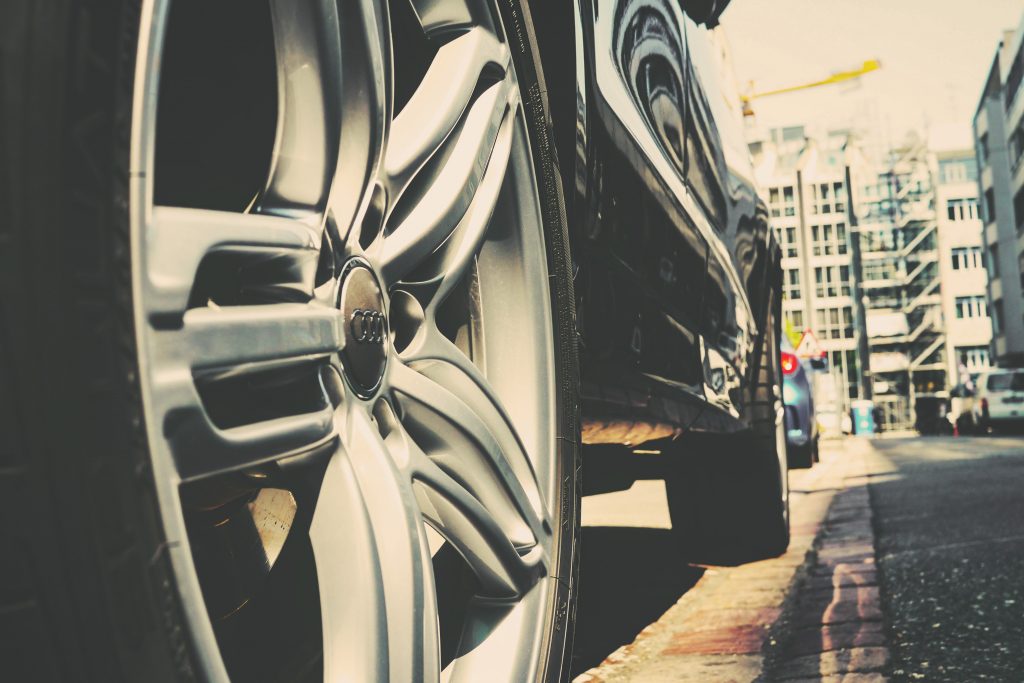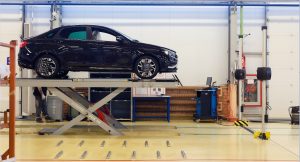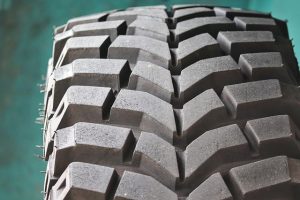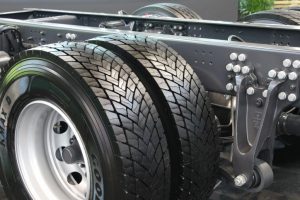Tyres have a reasonably variable lifespan, depending on the quality of the rubber, the conditions of use and the motorist’s driving style. On average, a tyre can last about 40,000 km, but certain conditions of use can wear them out prematurely. Here are a few tips on minimising tyre wear and increasing tyre life.
Tips to fight against tyre wear
Eco-driving!
The type of driving is the first factor of wear. Nervous and sporty driving is the first reason a set of tyres does not get many miles.
The right pressure
It can’t be said often enough: maintaining the correct tyre pressure is essential. If you drive with over-inflated or under-inflated tyres, this can lead to abnormal or premature tyre wear. Check the pressure on your tyres each month.
Balancing and rotation
Balancing is essential to optimise the performance of your tyres and make them last longer. Rotating them will even out their wear and optimise it.
Why balance a wheel?
The assembly of a fresh tyre installed on a rim typically has a natural “imbalance” (a mass) that throws the wheel out of balance.
The centre of gravity is not positioned at the centre of the wheel. When a wheel is stuck on an axis in a static scenario, this unbalance is found at the bottom of the wheel.
When driving, the unbalance generates an oscillation of the wheel and, therefore, vibrations that can cause driving discomfort, premature and irregular wear of tyres, suspension components, or steering.
Balancing a wheel, therefore, corrects this natural imbalance to distribute the masses evenly around the axis of rotation, the centre of the wheel thus becoming its gravity centre.
How are tyres balanced?
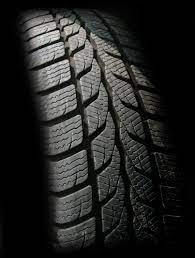
After the new tyre is attached to the rim, it is balanced.
Good to know: it should be readjusted after one year or 15,000 km of driving as a maintenance measure (the balancing is naturally adjusted according to the driving).
Calling on a professional with a calibrated balance machine (also known as a balancing bench) and weights for steel or aluminium rims is required for this process.
The tyre begins rotating as soon as it is put vertically on the machine. It automatically calculates the weight and the position of the unbalance, which is located on the immobilised wheel (on a computer screen).
Balancing then consists of placing a mass equal to the unbalance on the opposite rim to restore the balance.
Be careful with loads
Even if the maximum load tolerated by a tyre is respected, the faster the tyres will wear, the more a vehicle is loaded. It is therefore important not to load your car unnecessarily (e.g., remove your bars when you return from vacations).
Choice of brand
There are many brands and ranges of tyres on the market, but not all are equal, far from it.
The mileage performance levels are very heterogeneous, and the premium brands’ high prices guarantee superior mileage in addition to safety.
Roads: profile and surfaces
The motorist has no control over this aspect, but it should be noted that wear and tear vary greatly depending on whether straight or winding roads are used.
For example, highways requiring little wheel movement or braking/acceleration are prone to slower wear than city driving or small country roads.
Road quality and abrasiveness also affect the wear of tyres.
Want to read some more?
- How to Change a Tyre?
- Can You Repair a Flat Tyre?
- When Can a Tyre Be Repaired?
- How to Mount and Dismount a Tyre?
- A Practical Guide to Changing Your Wheel.

